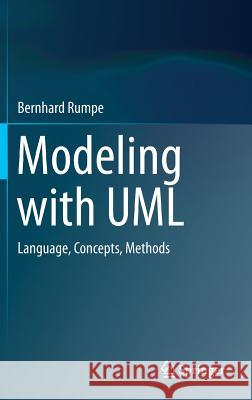Modeling with UML: Language, Concepts, Methods » książka
topmenu
Modeling with UML: Language, Concepts, Methods
ISBN-13: 9783319339320 / Angielski / Twarda / 2016 / 281 str.
Modeling with UML: Language, Concepts, Methods
ISBN-13: 9783319339320 / Angielski / Twarda / 2016 / 281 str.
cena 291,81 zł
(netto: 277,91 VAT: 5%)
Najniższa cena z 30 dni: 289,13 zł
(netto: 277,91 VAT: 5%)
Najniższa cena z 30 dni: 289,13 zł
Termin realizacji zamówienia:
ok. 20 dni roboczych.
ok. 20 dni roboczych.
Darmowa dostawa!
Kategorie:
Kategorie BISAC:
Wydawca:
Springer
Język:
Angielski
ISBN-13:
9783319339320
Rok wydania:
2016
Wydanie:
2016
Ilość stron:
281
Waga:
0.61 kg
Wymiary:
24.4 x 16.4 x 2.5
Oprawa:
Twarda
Wolumenów:
01
Dodatkowe informacje:
Wydanie ilustrowane











